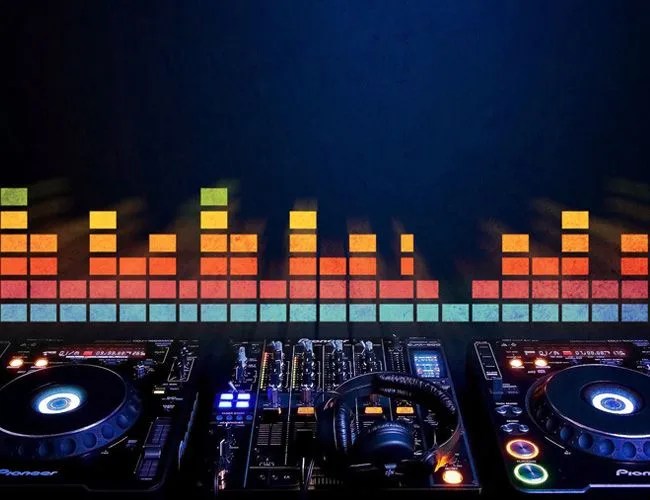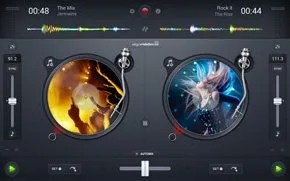There’s a reason DJs are called spin doctors: a good one keeps the groove healthy. And just like the medical field, deejaying has seen a number of technological advancements bring the field closer to the modern man’s purview. Today all a host needs to tend the beat and its head-bobbing denizens is a smartphone, a Bluetooth speaker, and a bare minimum sense of taste.
But above selecting a series of songs to reflect a certain mood or vibe is deejaying’s more professional task: the art of combining songs together into one seamless mix. At the heart of this skill is a technique known as beatmatching.
When he invented the technique (also called mixing and blending) in the late 1960s, New York DJ Francis Grasso used a metronome to measure the tempo of two album tracks in order to pair up their meters and downbeats and blend them into something greater than the sum of their parts. Today, advanced DJ equipment and software offer the promise of instant song syncing — another common term for beatmatching — with the push of a button, eliminating the first set of skills required — in some ways. While an older guard of DJs sees these features as cheapening the art of mixing, they blow the basic art of DJing’s gate off its hinges for beginners. And though they bring the skill that much closer to the masses, mastering the art is still extremely difficult. Here’s how to get started.
Additional contribution by Chris Wright.
1Get your setup and gear in order. An ideal deejaying setup allows for multiple audio outputs so that a DJ can “pre-listen” to how two tracks sound blended together before sharing the mix over speakers to the audience. Usually one audio output is directed to speakers, while the other pre-listening output is connected to a set of headphones. That’s why you’ll commonly see DJs listening to the headphone using one ear while leaving the other open to hear what’s playing to the crowd. Once they’ve confirmed the mix is right, they’ll then move fader from the far left or right to the center so that everyone hears both tracks playing simultaneously.
Every physical DJ mixer offers this pre-listening capability. DJ software can offer the same capabilities without a physical mixer with the help of audio accessories or a sound card with multiple audio outputs. Consult your product and or software manual to see the products and setups they recommend.

